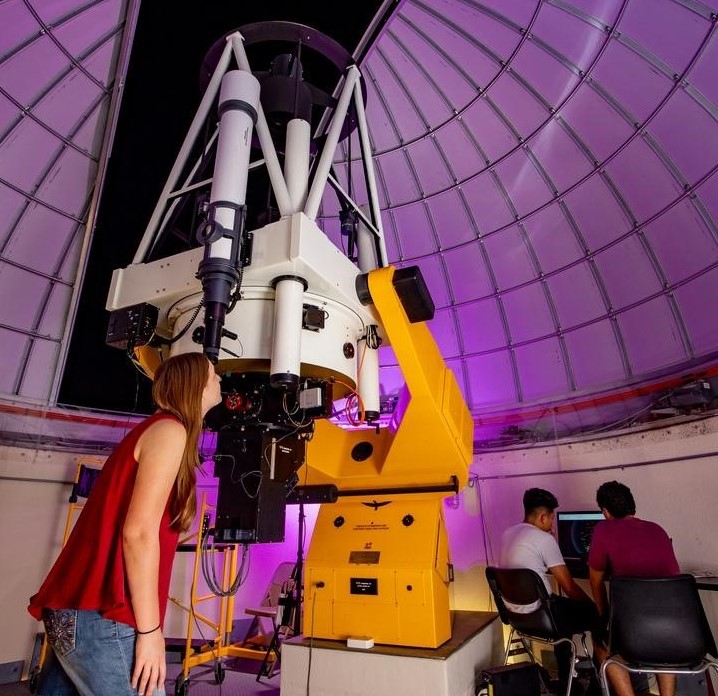Document Type
Article
Publication Title
The Astrophysical Journal
Abstract
We investigate the variability timescales in the jet of M87 with two goals. The first is to use the rise times and decay times in the radio, ultraviolet, and X-ray light curves of HST-1 to constrain the source size and the energy loss mechanisms affecting the relativistic electron distributions. HST-1 is the first jet knot clearly resolved from the nuclear emission by Chandra and is the site of the huge flare of 2005. We find clear evidence for a frequency-dependent decrease in the synchrotron flux being consistent with E 2 energy losses. Assuming that this behavior is predominantly caused by synchrotron cooling, we estimate a value of 0.6 mG for the average magnetic field strength of the HST-1 emission region, a value consistent with previous estimates of the equipartition field. In the process of analyzing the first derivative of the X-ray light curve of HST-1, we discovered a quasi-periodic oscillation which was most obvious in 2003 and 2004 prior to the major flare in 2005. The four cycles observed have a period of order six months. The second goal is to search for evidence of differences between the X-ray variability timescales of HST-1 and the unresolved nuclear region (diameter <0farcs6). These features, separated by more than 60 pc, are the two chief contenders for the origin of the TeV variable emissions observed by H.E.S.S. in 2005 and by MAGIC and VERITAS in 2008. The X-ray variability of the nucleus appears to be at least twice as rapid as that of the HST-1 knot. However, the shortest nuclear variability timescale we can measure from the Chandra data (≤20 days) is still significantly longer than the shortest TeV variability of M87 reported by the H.E.S.S. and MAGIC telescopes (1-2 days).
DOI
10.1088/0004-637X/699/1/305
Publication Date
7-1-2009
Recommended Citation
Harris, Daniel E.; Cheung, Chi C.; Stawarz, Łukasz; Biretta, J. A.; and Perlman, Eric S., "Variability Timescales In The M87 Jet: Signatures Of E^2 Losses, Discovery Of A Quasi Period In HST-1, And The Site Of TeV Flaring" (2009). Aerospace, Physics, and Space Science Faculty Publications. 379.
https://repository.fit.edu/apss_faculty/379


